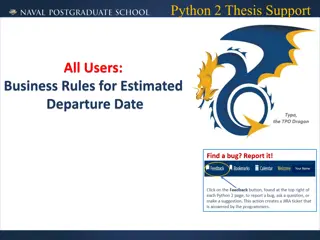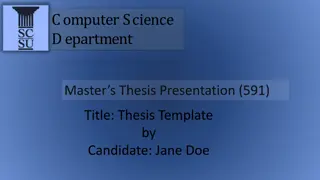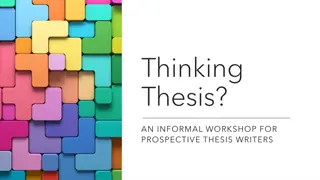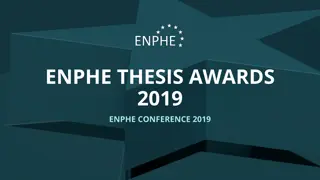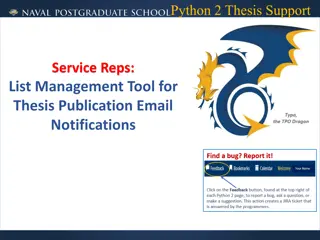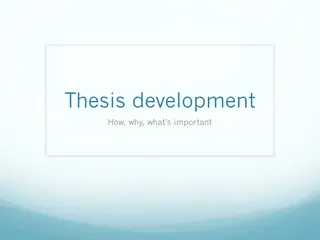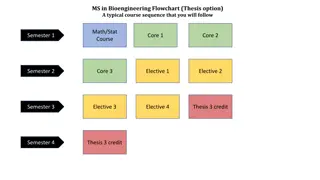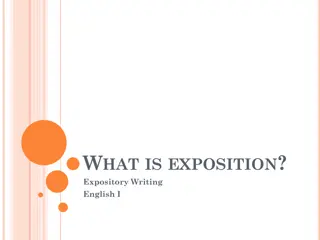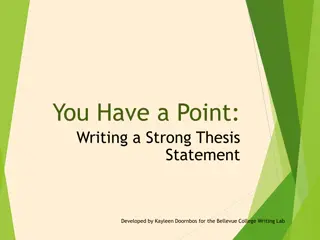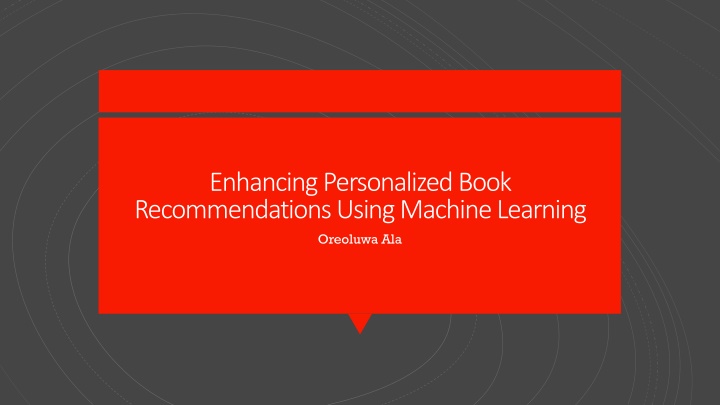
Personalized Book Recommendations Using Machine Learning
Enhance personalized book recommendations using machine learning to combat decision paralysis among readers, particularly younger audiences. This approach filters vast literary data to provide tailored book suggestions, improving the overall reading experience by matching books with the readers' interests.
Download Presentation

Please find below an Image/Link to download the presentation.
The content on the website is provided AS IS for your information and personal use only. It may not be sold, licensed, or shared on other websites without obtaining consent from the author. If you encounter any issues during the download, it is possible that the publisher has removed the file from their server.
You are allowed to download the files provided on this website for personal or commercial use, subject to the condition that they are used lawfully. All files are the property of their respective owners.
The content on the website is provided AS IS for your information and personal use only. It may not be sold, licensed, or shared on other websites without obtaining consent from the author.
E N D
Presentation Transcript
Enhancing Personalized Book Recommendations Using Machine Learning Oreoluwa Ala
Readers today face overwhelming choices in available books, resulting in decision paralysis and diminished engagement. Personalized recommendations are crucial for linking readers, particularly younger audiences, with books that genuinely align with their interests and nurture a lifelong passion for reading. Introduction
Excessive options create a barrier to choosing the right book, impacting literacy and overall reader satisfaction. This research aims to develop a machine learning based recommender system that filters vast literary data to provide tailored book suggestions, enhancing the reading experience. Problem Statement
Data was gathered from Goodreads dumps. The dataset was then cleaned using Python and pandas: missing values were addressed, ISBNs were converted, and genre information was transformed into numerical embeddings. This process resulted in a structured dataset ready for analysis and clustering. Data Collection and Preparation
Data Collection and Preparation
This approach converts genre information into numerical scores that respect the order of importance provided in the data. Process Overview: Assign weighted scores to each genre based on its order. Use K-means clustering to group books with similar genre profiles. Methodology: Genre-Based Recommendations Key Decision: Although the elbow method suggested one optimal number, nine clusters were selected to capture nuanced preferences.
In addition to genre, book descriptions are analyzed using natural language processing. Process Overview: Apply SBERT (Sentence-BERT) to transform descriptions into semantic embeddings. Measure similarity using cosine similarity to match user input with existing book data. Methodology: Description-Based Recommendations The system combines the insights from both genre and description analyses for more accurate recommendations.
The overall system is built with a clear division between backend processing and frontend presentation. Backend: Developed in Python using Flask. Handles data preprocessing, ML computations, and API endpoints. System Architecture and Implementation Frontend: Developed with React.js, HTML, and CSS. Provides an interactive interface for users to input preferences and view recommendations. Integration: User inputs are processed by ML models on the backend, and personalized recommendations are delivered in real time via the frontend.
System Architecture and Implementation
The research has significant implications for both readers and the broader digital content industry. User Experience: Personalized recommendations lead to better engagement and satisfaction. Literacy Enhancement: Targeted book suggestions can foster a deeper, more varied reading habit, especially among young readers. Discussion and Impact Market Impact: The system has the potential to spotlight lesser-known titles, reshaping how digital platforms present literary content.
While the system shows promise, there are key limitations and areas for improvement. Limitations: Reliance on static Goodreads data; real-time data integration is lacking. Potential for algorithmic bias, influenced by data and model design. Focus is limited to English-language books. Limitations and Future Work Future Directions: Incorporate dynamic data sources and real-time API integrations. Explore advanced techniques to mitigate bias. Expand the system to support multiple languages and broader demographic profiles.
Ethical issues are central to developing a responsible recommendation system. Key Concerns: Data Privacy: Ensuring user data is collected and stored securely. Content Appropriateness: Filtering to provide age- appropriate recommendations. Algorithmic Bias: Continuously monitoring and adjusting the model to prevent biased outputs. Ethical Considerations Approach: Regular ethical audits and transparent data handling practices are essential for system integrity.
This research tackles the challenge of choice overload by leveraging machine learning to offer personalized book recommendations. The system integrates genre and description analyses to provide nuanced, user-specific suggestions. Conclusion It promises to enhance reader engagement and literacy, opening up opportunities for lesser-known books.


